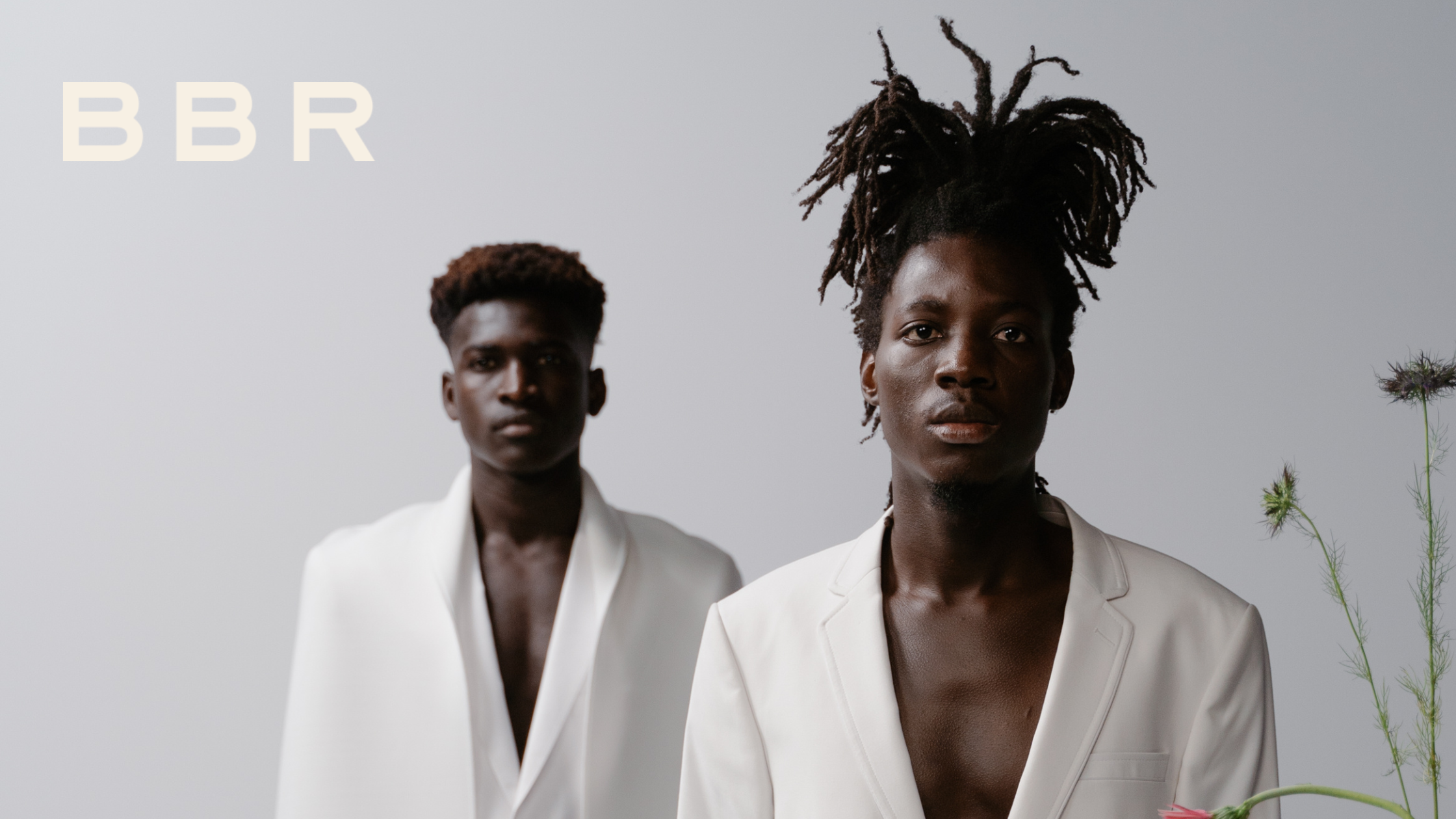Here you will find vetted beauty professionals for your on and off set hair and makeup needs
Artist availability may vary. Please request via BBR Support PageHas Your Phone Stopped Ringing Since George Floyd?

In the aftermath of George Floyd's tragic death in 2020, conversations around racial justice and diversity took center stage globally, prompting industries, including the beauty sector, to reevaluate their commitment to diversity, equity, and inclusion (DEI).
Four years later, we're taking a closer look at whether these industries have lived up to their promises or if the momentum for change has started to wane.
Opening Statistics: A Wake-Up Call
Recent reports show a worrying trend about diversity efforts in big companies.
A LinkedIn study looked at more than 500,000 top-level job hires from 2019 to 2022 and found that fewer companies were hiring Chief Diversity Officers in 2022.
This was a change because, in the two years before, a lot more of these jobs were being created. This drop in diversity jobs didn't happen for other top-level positions, which makes it stand out more.
Also, a survey from Glassdoor showed that a bit fewer companies were working on diversity programs in 2022—41%, down from 43% the year before.
Another report from Revelio Labs backed this up, saying that jobs focused on diversity were cut faster than other kinds of jobs, especially when companies were laying people off.
Change After George Floyd: The Beauty Industry's Response
The beauty industry, a powerful influencer of cultural norms and aesthetics, initially responded with promises of change.
Companies like Glossier committed to fighting racism through donations and promised to showcase more diverse models and broaden their product ranges to cater to various skin tones.
But beyond the glossy exterior of public statements, we're prompted to ask: Are these changes skin-deep?
We took a closer look to see how brands that pledged to improve diversity after George Floyd are doing now. Based on Glassdoor reviews, here's how some of these brands rank in terms of their DEI efforts:
- Glossier has a DEI rating of 3.2. See DEI rating on Glassdoor.
- Urban Decay scored a DEI rating of 3.1. See DEI rating on Glassdoor.
- Revlon scored a DEI rating of 2.5 for Blacks and African Americans See DEI rating on Glassdoor.
- Morphe has a DEI rating of 2.8 See DEI rating on Glassdoor.
- Unilever has a DEI rating of 2.8 for Black/African American Senior Management See DEI rating on Glassdoor.
This gives us insight into how employees view these companies' commitment to diversity, equity, and inclusion.
The Real Work Behind the Scenes
While the visibility of diversity in advertising campaigns has increased, the real measure of change happens behind the scenes. Who is making the decisions? Who is creating the products? Despite an uptick in DEI roles post-2020, many of these positions are now being cut, raising concerns about the sustainability of these initiatives.
What Brands Do Wrong in Diversity Efforts
- Performative Activism: Engaging in DEI efforts only for public image.
- Lip Service: Making statements without backing them up with action.
- Woke Capitalism: Capitalizing on social issues for profit without genuine commitment.
- DEI as an Elective Task: Treating DEI efforts as optional rather than essential, elective tasks and jobs are often the first to go in an economic decline.
- Tokenism: Selecting someone for an opportunity solely to meet a diversity metric, without providing the necessary support or preparation for their role. This practice undermines genuine inclusivity efforts and can harm both the individual and the organization's culture.
How Brands Can Authentically Embrace DEI This Year
Brands must go beyond mere words to show true, lasting dedication to diversity, equity, and inclusion (DEI). They should weave DEI principles into the fabric of their mission and daily practices. This approach ensures DEI becomes an integral, enduring part of their identity, rather than a short-term response to social pressure.
Drawing inspiration from visionaries like Aurora James, who launched the Fifteen Percent Pledge, brands can take concrete actions towards inclusivity. James’ initiative has significantly impacted the retail space, ensuring more Black-owned businesses find their products on retailers' shelves.
Aurora James's Fifteen Percent Pledge illustrate sustainable DEI efforts leading to real, lasting change. The Pledge has successfully expanded the presence of Black-owned businesses in retail, embodying the power of commitment to diversity.
These efforts show that with genuine commitment, brands can create impactful and enduring shifts towards inclusivity and equity.
Looking Ahead
As we reflect on the progress made and the setbacks encountered, it's clear that the journey toward full inclusion and equity is far from over. The question remains: Are we, as a society, still as committed to these principles as we were in the wake of George Floyd's death, or have we allowed our collective attention to drift away?
The beauty industry, along with every sector, must continue to push for genuine, lasting change. Diversity, equity, and inclusion shouldn't just be a response to a moment of crisis but a foundational principle that guides how companies operate, today and into the future.
At BBR, we recognize the importance of not just advocating for DEI but actively participating in the change. Through education, consulting, and brand activations, we aim to help businesses not only understand the value of diversity but also implement strategies that reflect this understanding in every aspect of their operations.
As part of our commitment, we encourage brands to evaluate their DEI progress by engaging in self-assessment tools like the Allyship Quiz. This tool is designed to help brands identify areas of strength and opportunities for growth in their DEI journey.
Let's work together to ensure that DEI efforts are more than just a momentary response but a permanent fixture in our industry. Take the Allyship Quiz today and take a step towards genuine, lasting DEI change in your organization.






